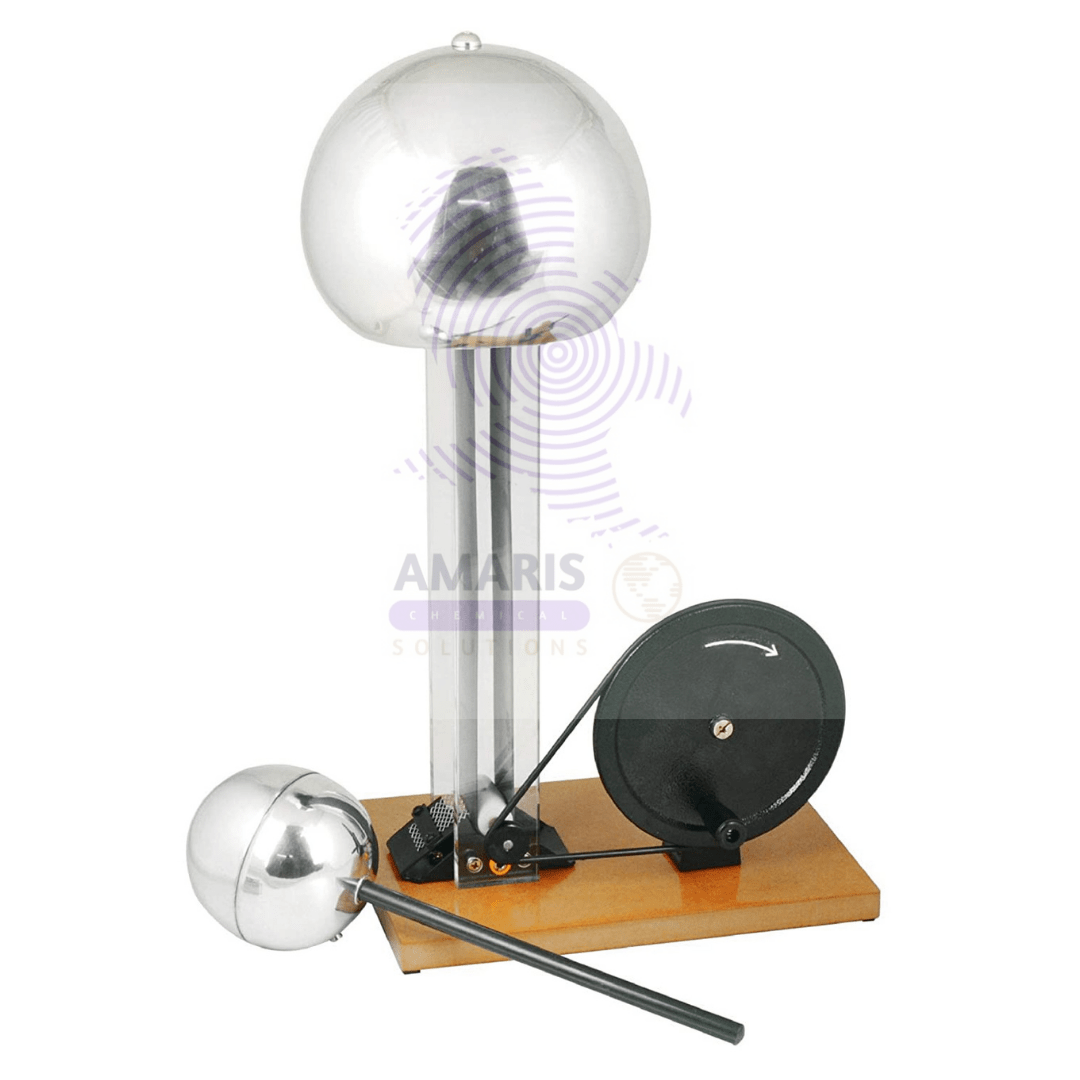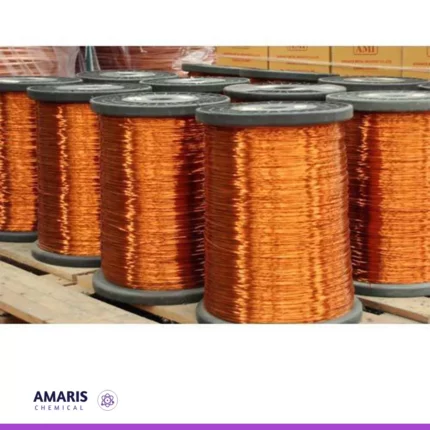
Burette acrylic
KSh0.01

Ticker tape timer
KSh6,000.00 Original price was: KSh6,000.00.KSh5,500.00Current price is: KSh5,500.00.
Van de generator manual
KSh7,000.00 Original price was: KSh7,000.00.KSh6,000.00Current price is: KSh6,000.00.
Whatsapp Order
Van de Graaff generators are commonly used in laboratory settings to demonstrate principles of electrostatics and high voltage phenomena. While specific manuals can vary based on the manufacturer and model of the generator
SKU:
ACS37973CHEM0
Category: LABORATORY EQUIPMENT & APPARATUS
Description
Van de generator manual
- Setup:
- Place the Van de Graaff generator on a stable, level surface, preferably grounded to prevent electrical interference.
- Ensure the generator is connected to a suitable power source, adhering to the specified voltage and current requirements.
- Confirm that all necessary safety precautions are in place, including the use of personal protective equipment (PPE) such as safety goggles and gloves.
- Assembly:
- Erect the generator components as per the provided instructions, including the base, insulating column, belt assembly, and terminal sphere.
- Securely attach any supplementary apparatus, like discharge wands or Faraday cages, following the manufacturer’s guidelines.
- Charging:
- Activate the Van de Graaff generator by toggling the power switch to the “On” position.
- Gradually adjust the voltage settings, starting from the lowest setting and incrementally increasing to the desired level.
- Allow sufficient time for the generator to build up charge accumulation on the terminal sphere or dome.
- Experimental Procedures:
- Conduct a range of experiments to elucidate electrostatic principles and phenomena.
- Examples include:
- Observing the repulsion or attraction of lightweight objects (e.g., balloons, pith balls) by the charged terminal.
- Investigating the impact of electrostatic forces on the behavior of insulating and conducting materials.
- Demonstrating the effects of induced charges and electric fields through visual aids and measurements.
- Exploring phenomena such as corona discharge, electric breakdown, and ionization.
- Safety Guidelines:
- Adhere strictly to safety protocols outlined in the manual and any institutional regulations.
- Minimize physical contact with generator components while in operation, especially when operating at high voltages.
- Avoid operating the Van de Graaff generator in environments with high humidity or moisture content.
- Implement adequate grounding and insulation measures to mitigate the risk of electrical shocks or discharge accidents.
- Shutdown:
- Upon completion of experiments, deactivate the Van de Graaff generator by switching off the power supply.
- Allow the generator to discharge completely before disassembling or moving any components.
- Store the generator in a designated area, protecting it from environmental hazards and ensuring accessibility for future use.
Reviews (0)
Be the first to review “Van de generator manual” Cancel reply
Related products
Amber Bottles Polystop
KSh0.01
A laboratory glass amber bottle is a specialized container commonly used in laboratories to store and protect light-sensitive substances, chemicals, or solutions. These bottles are made from amber-colored glass, which provides protection against ultraviolet (UV) and visible light radiation. The amber glass helps to minimize the degradation and decomposition of light-sensitive contents by blocking a significant portion of the light spectrum.
The amber color of the glass is achieved by adding iron, sulfur, and other compounds during the glass manufacturing process. This coloration is what gives the bottles their distinctive amber or brown appearance.
Laboratory glass amber bottles typically come in various sizes, ranging from small volumes of a few milliliters to large capacities of several liters. They often have a screw-on or snap-on cap, providing a secure and airtight seal to prevent spills, evaporation, and contamination.
Due to their ability to protect light-sensitive substances, laboratory glass amber bottles are widely used in chemistry, biology, pharmaceuticals, and other scientific fields where sample integrity and stability are crucial.
bare enamelled copper wire
KSh0.01
Barlows wheel apparatus
KSh0.01
The Barlow's wheel apparatus is an experimental device used to demonstrate the conversion of electrical energy into mechanical energy through electromagnetic principles. It consists of a horizontal wheel or disk with radial metal spokes attached to its center. The wheel is mounted on an axle, allowing it to rotate freely.
blow pipes
KSh0.01
A blowpipe apparatus is a scientific instrument used in analytical chemistry and mineralogy for conducting various tests, particularly flame tests and microchemical reactions. It typically consists of a small tube or pipette through which a controlled stream of air or oxygen is blown onto a sample being heated. This stream of air or oxygen enhances the combustion of the sample, allowing the observation of characteristic colors emitted by different elements when they are vaporized and excited by the heat. The blowpipe apparatus is often used to identify and differentiate between different elements and compounds based on their unique emission spectra and reactions.



 LABORATORY EQUIPMENT & APPARATUS
LABORATORY EQUIPMENT & APPARATUS
 Fertilizers
Fertilizers Plant Growth Regulators
Plant Growth Regulators Soil Conditioners
Soil Conditioners Animal Feed Additives
Animal Feed Additives Biostimulants
Biostimulants Dough Conditioners
Dough Conditioners Flour Treatments
Flour Treatments Fat Replacers
Fat Replacers Preservatives (baking)
Preservatives (baking)
 Surfactants (cleaning)
Surfactants (cleaning) Builders
Builders Bleaching Agents
Bleaching Agents Enzymes
Enzymes Solvents (cleaning)
Solvents (cleaning) Fragrances
Fragrances





















Reviews
There are no reviews yet.